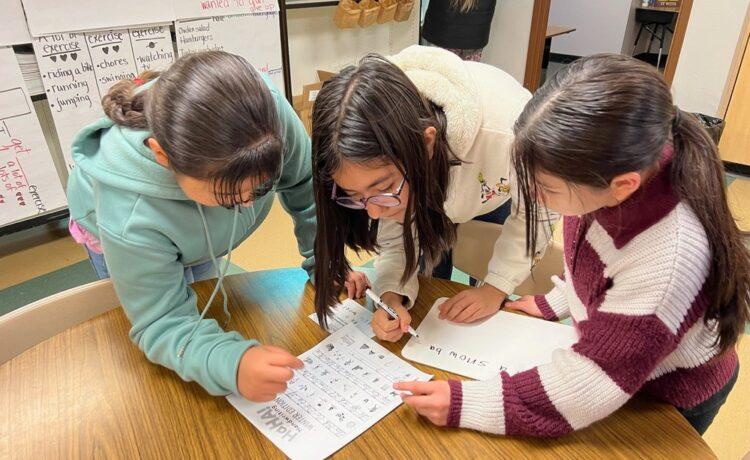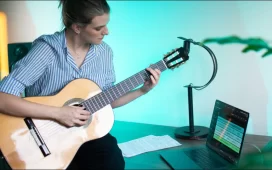Are you looking for an exciting activity to get your students engaged in the classroom? An escape room is a perfect solution!
With careful planning and creative thinking, building a challenging game that excites the most reluctant learners is possible. Designing clues and puzzles, setting up objectives, and creating rewards – these are all integral parts of making sure each student enjoys their time using problem-solving skills during your adventure. Here is how to set up and run your own amazing classroom escape room lesson.
Prepare the Escape Room Space
Preparing the space is key to making sure your activity runs smoothly, so it pays off to develop thoughtful strategies ahead of time. To begin with, use lockable boxes or bags to store puzzle pieces until they’re needed during gameplay.
Alternatively, try adding a lockout hasp which holds multiple locks that must be unlocked one at a time. This could save you from having separate boxes against each wall around the classroom! A variety of locking options exist, such as combination locks built into box designs like Vaultz Locking Medicine Box With Combination Lock or Sheffield Field Box, along with more visual alternatives such as Lunasmile Lockable Bank Deposit Bag.
Make sure whichever option you pick is designed to be easily opened by participants while still providing security when not being used in gameplay scenarios.
Create Puzzles and Clues
To make sure students don’t get bored, teachers need to come up with creative ideas that give the participants something new to think through or explore each time they complete a task. You could use riddles, codes, and ciphers, as well as symbol maps that the players must figure out how to decode to progress forward!
You can also opt for word searches. These are great at helping kids learn while still having fun, trying unique words such as “equilibrium” instead of just plain old “apple”. Multiple-choice questions work well when introducing factual information about your topic too. If you choose this option, try adding questions that require deeper thinking than simply picking one answer from four options. It will keep everyone engaged throughout the game.
Interactive activities are always exciting, so look around for materials like Escape Room Kits, where special locks open only when someone solves a certain pattern correctly or interacts in some other way with elements inside (like tangrams). Lastly, if all else fails, scavenger hunts can generally be adapted easily into any class subject, making it perfect for flexible learning environments and scenarios you might find yourself teaching remotely! By weaving facts, figures, and readings related directly to their course studies within tasks, alongside more challenging problem-solving worksheets/questions, ensures every student has reached objectives by playing rather than studying alone.
Setting up and running an escape room in the classroom is a fun way to engage, challenge, and develop problem-solving skills among students. It encourages collaboration due to its team-building elements.
Here are a few tips to help teachers create their own version of this exciting task:
- Start by planning out a physical layout of the clues and tasks, as well as the order in which they will be completed.
- Make sure to provide detailed instructions for each step within the game.
- Have appropriate props available for different tasks throughout the activity.
- Finally, don’t forget to be creative when using the resources that you have!
Lock Paper Scissors offers online tools like at-home escape room kits, which give instructors more control over time limits, hints given out during playtime, etc., allowing them to create unique escape rooms with ease. Teachers should definitely try it out!











